カスタマーサービス関して最新の手法を紹介している本、”Effortless Experience” を読了したのでレビューしてみたいと思います。
こちらの本は、400社以上、97,000人以上の世界中の顧客データやサーベイに基づいて、カスタマーサービスのあらゆるタッチポイントとメトリックを分析した上で、新しい提案をしている本で、カスタマーサービスの従事している人にぜひ読んでもらいたい内容でした。
顧客サービスの質を図る手法には、CSAT (Customer Satisfaction) サーベイや、NPS (Net Promoter Score) 、FCR (First Contact Resolution) などが代表的ですが、この本では、CES (Customer Effortless Score)というメトリックスが紹介されています。
CESを簡単に説明すると、顧客がカスタマーサービスに対して最も求めていること、つまり、顧客満足度やリピート率に最も影響することは、提供されたカスタマーサービスの体験が、顧客に取って、エフォートレス(努力や労力を要しない)であったか、つまりストレスがかからなかったからという点であり、それを定点化して測定したものがCESとなります。
見に覚えがない高額な請求がクレジットカードに上がってきた、または、毎日使っている携帯電話が急に動かなくなってしまったなどの経験をされた方が多くいらっしゃるとと思います。そんな時に、不安やストレスを抱えて、顧客はカスタマーサービスの窓口に連絡をしてきます。そこで、重要となるのは、サービスやサポートを提供する担当者が、如何に顧客の不安やストレスを増幅させることなく、問題解決まで導いていくことになります。
本の中には、カスタマーサービスの現場において、顧客の手間を出来る限り軽減、排除するために様々な取り組み(CESの導入から、新しいコーチング手法、エンパワーメントなど)をしている企業の事例がいくつか出てきます。何と、私が新卒で入った米金融会社と、現在働いている米IT企業の両方の取り組みが紹介されていました。
また、サービス担当者に必要とされる能力に関しては、従来の、IQ的スキル (問題解決に必要なスキル)とEQ的スキル(顧客の心を読むスキル)に加えて、Control Quotient (CQ)というスキルが紹介されていました。
ここで言うコントロールとは、顧客をコントロールすると言う意味ではなく、サービス担当者自身を律する能力となります。カスタマーサービスの仕事は顧客のストレスを直接受ける仕事ですので、サービス担当者自体もストレスが溜まりやすい仕事だと言われています。そのため、自分自身を守るためにも、レジリエンスなどのストレス耐性を強くする必要などがあるというこですね。
他にも色々とためになる情報が満載の本でしたが、また、別の機会に紹介してみたいと思います。
(English)
I would like to review the book “The Efforttless Experience,” which introduces the latest methods of customer service.
This book analyzes all the touchpoints and metrics of customer service based on more than 97,000 customers from more than 400 companies and surveys from around the world, and makes new recommendations, which is a must read for anyone working in customer service.
The CSAT (Customer Satisfaction) survey, NPS (Net Promoter Score), and FCR (First Contact Resolution) are some of the most common methods to measure customer service quality, but this book is based on the CES (Customer Effortless Score) metric is introduced.
To explain CES in a nutshell, what customers want most from their customer service, and therefore what has the greatest impact on customer satisfaction and repeat rates, is whether the customer service experience provided was effortless, or stress-free, for the customer. The CES is the point at which the credit card bill is due, and the CES is a fixed-point measurement of that.
Many of us have experienced a large bill on our credit card that we don’t recognize, or a cell phone that we use every day that suddenly stops working. At such times, anxious and stressed, customers contact the customer service office. So, it is important to know how the service and support personnel can guide the customer to a resolution of the problem without amplifying the customer’s anxiety and stress.
In the book, there are several examples of companies that are taking various initiatives (from the introduction of CES to new coaching techniques, empowerment, etc.) to reduce or eliminate as much customer hassle as possible in customer service settings. To my surprise, it featured the efforts of both the U.S. financial services company I joined as a fresh graduate and the U.S. IT company where I currently work.
In addition to the traditional IQ skills (needed for problem solving) and EQ skills (customer mind reading), the Control Quotient (CQ) was introduced as a skill that service professionals need to have.
Control here does not mean controlling the customer, but rather the ability to discipline the service personnel themselves. Customer service is a job that is subject to direct customer stress, and so the service rep’s own job can be stressful. So, in order to protect themselves, they need to strengthen their resilience and other stress tolerance skills.
The book is full of other useful information, but I’d like to introduce it at another time.



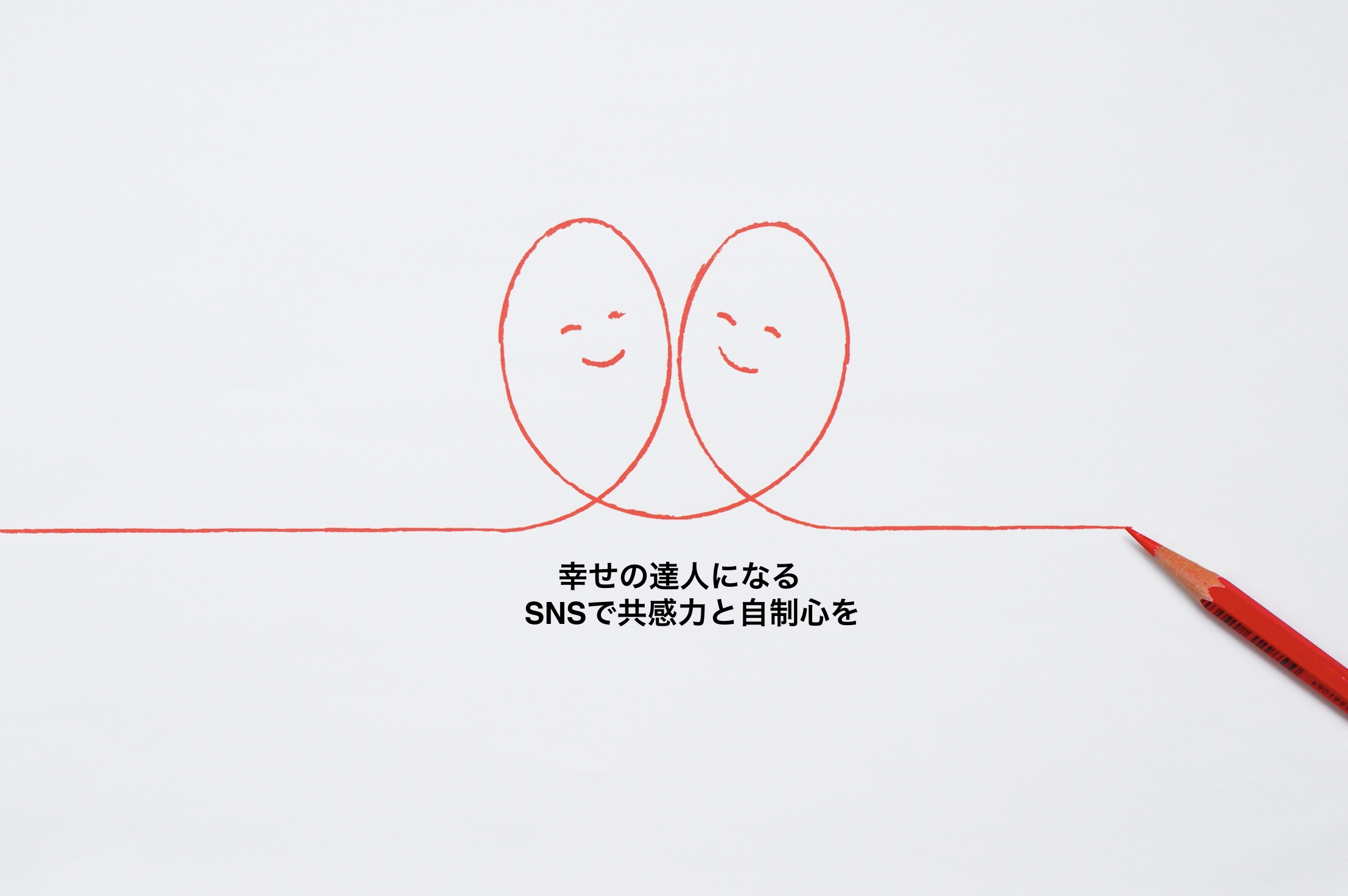

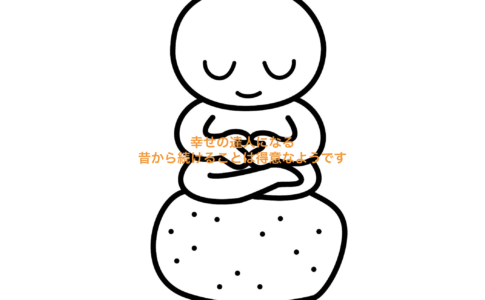

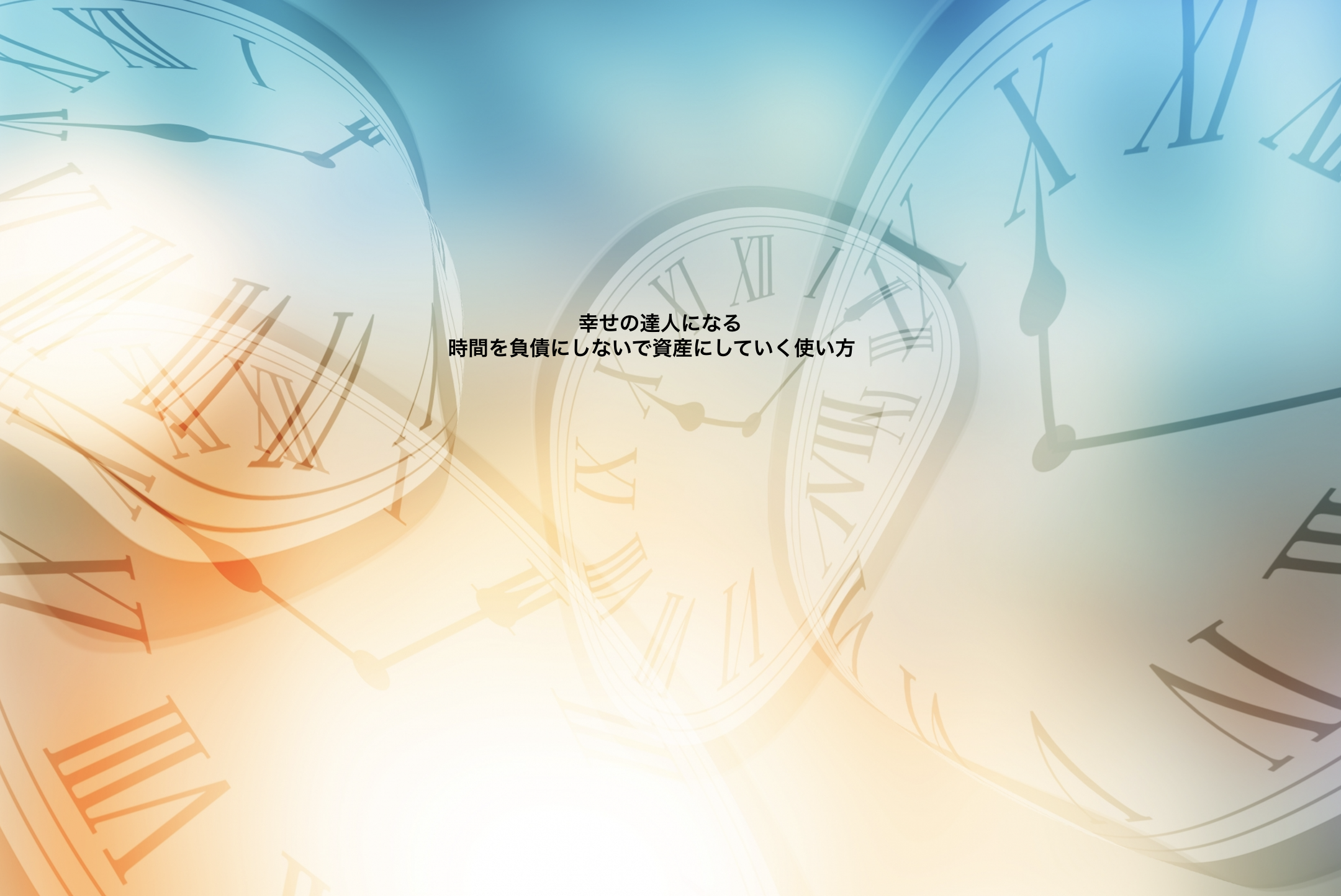

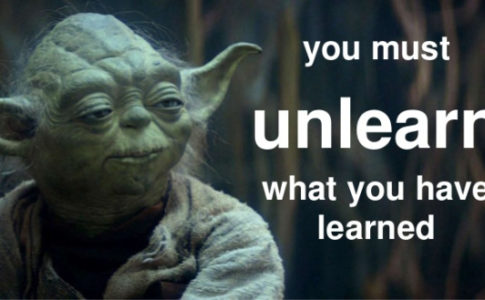
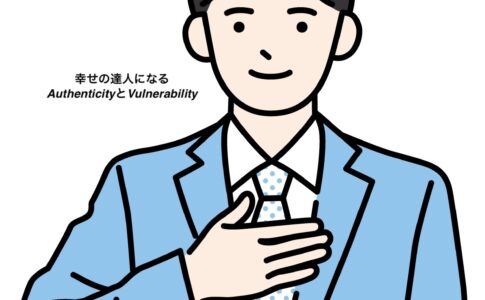


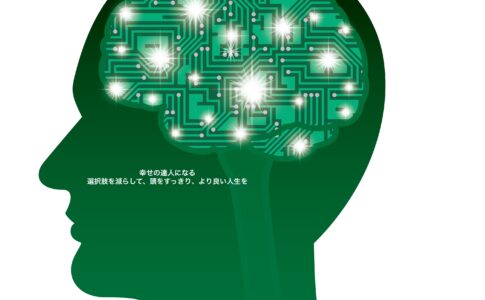

コメントを残す